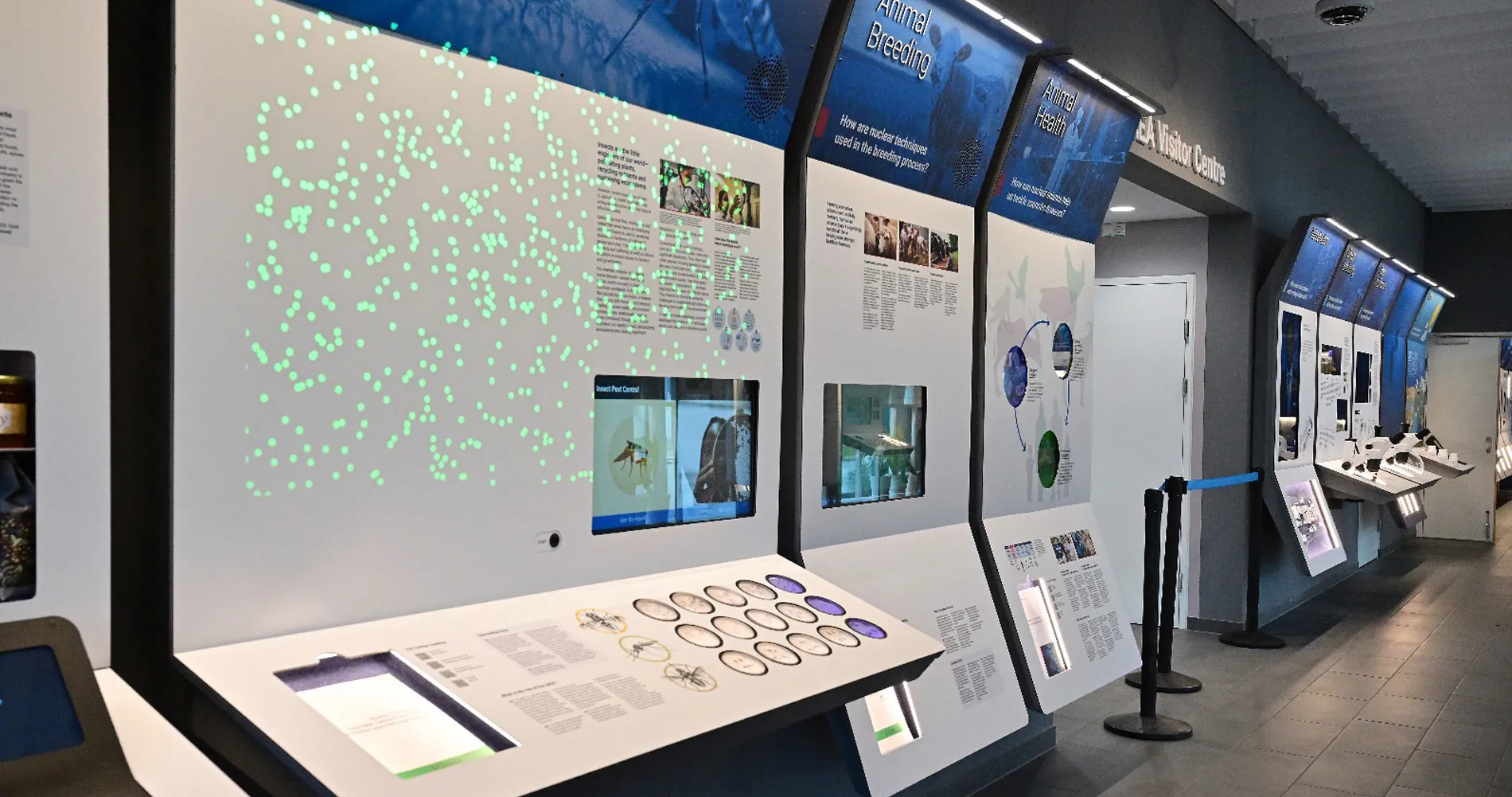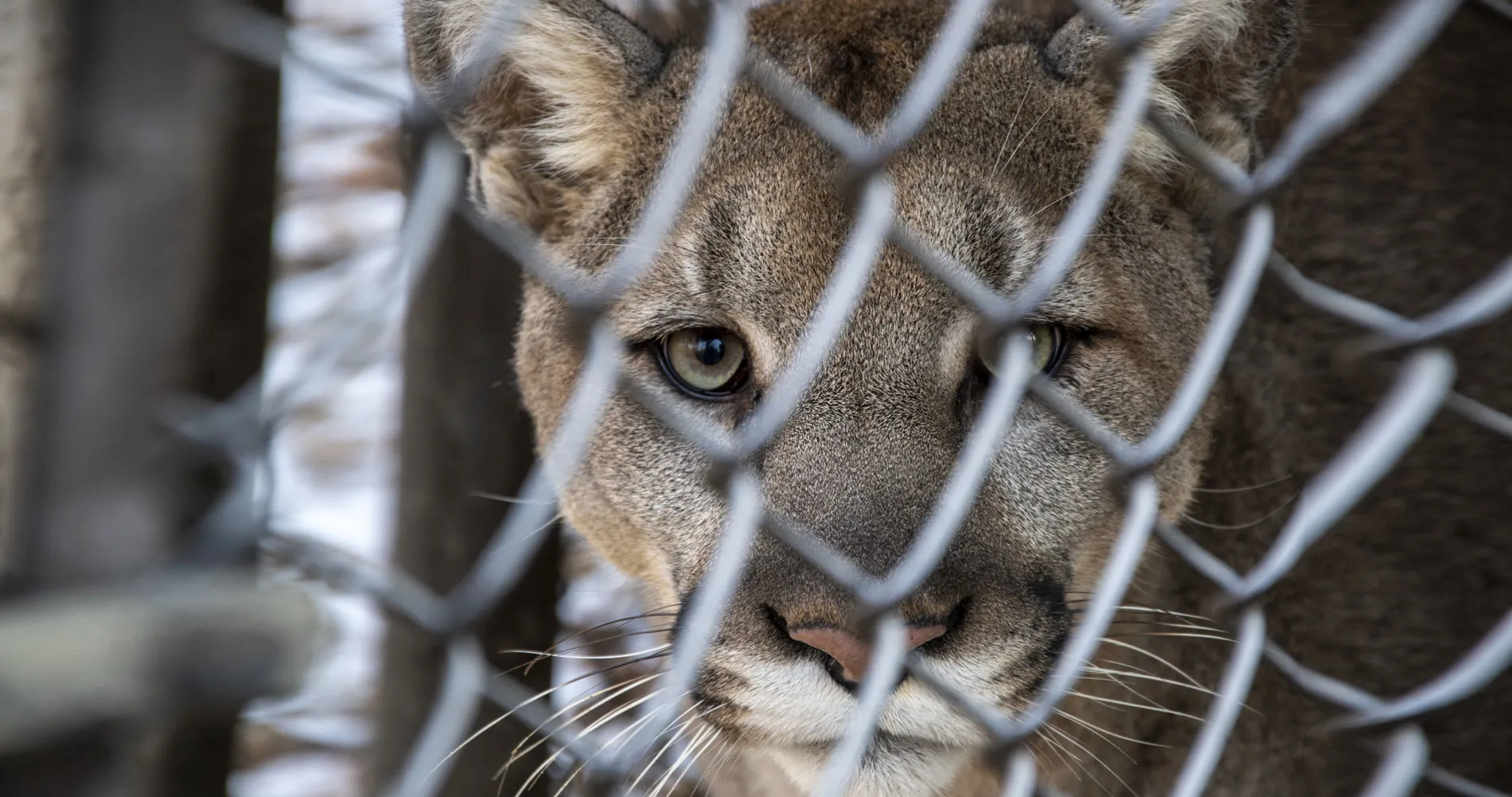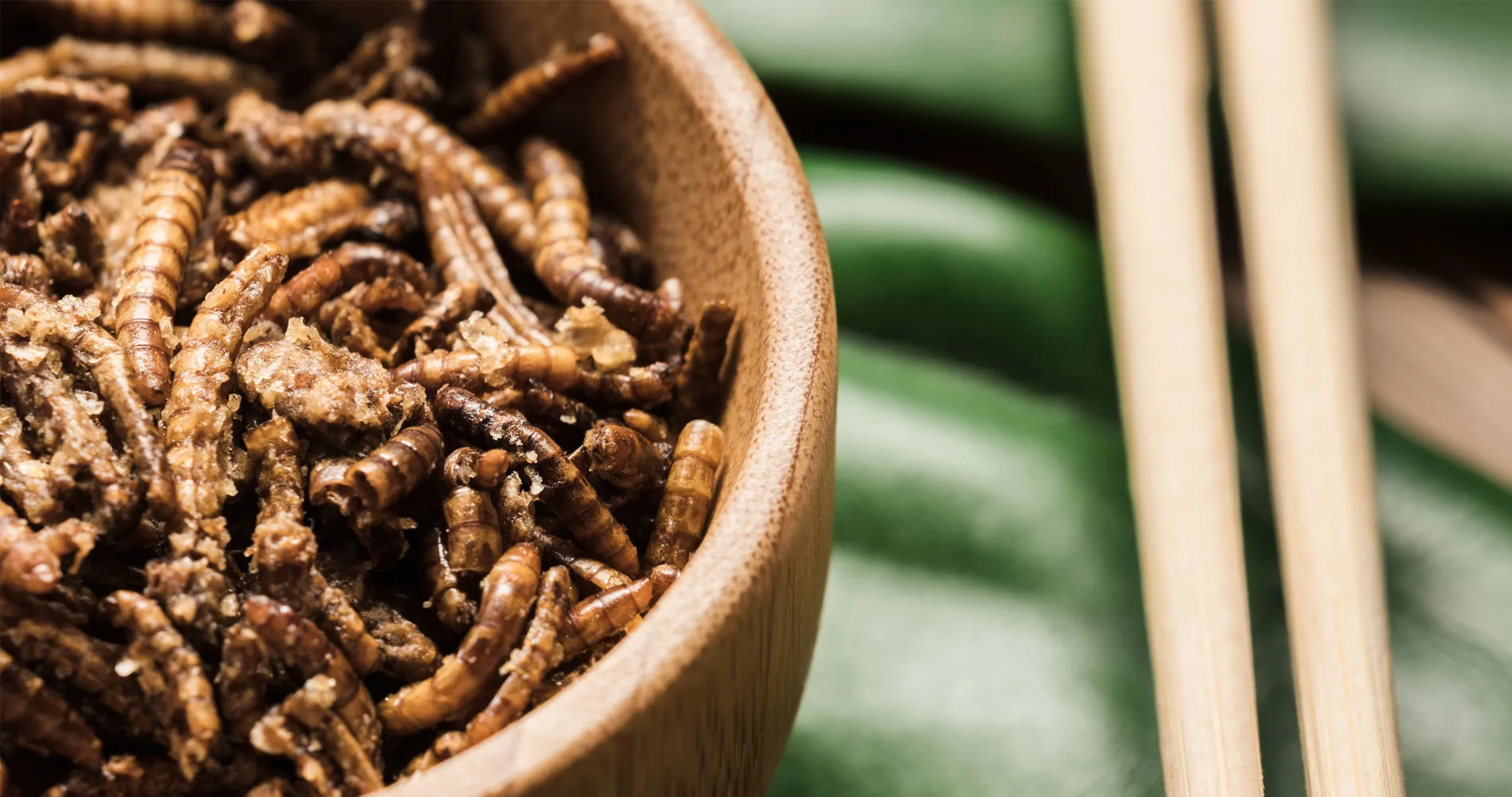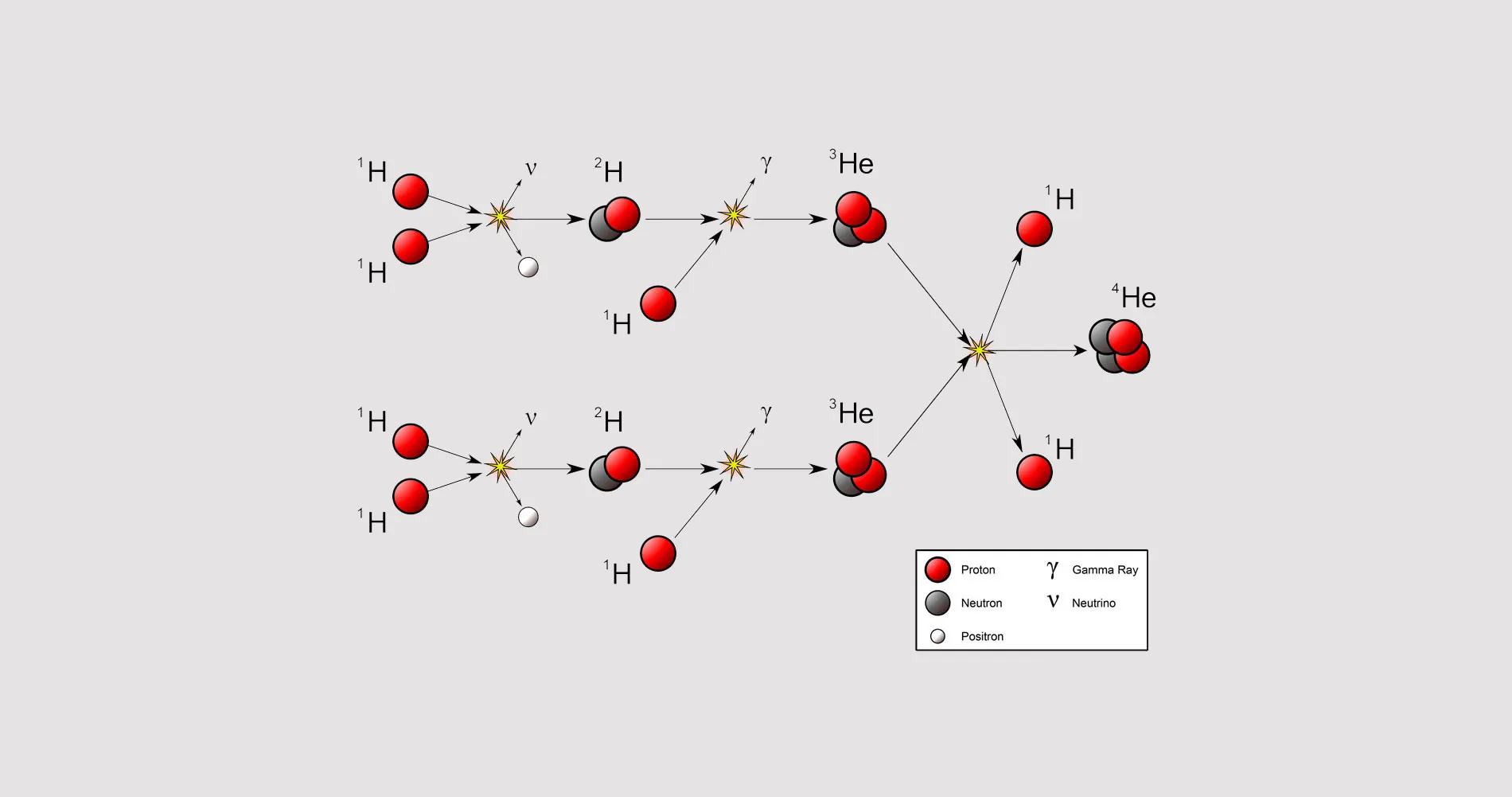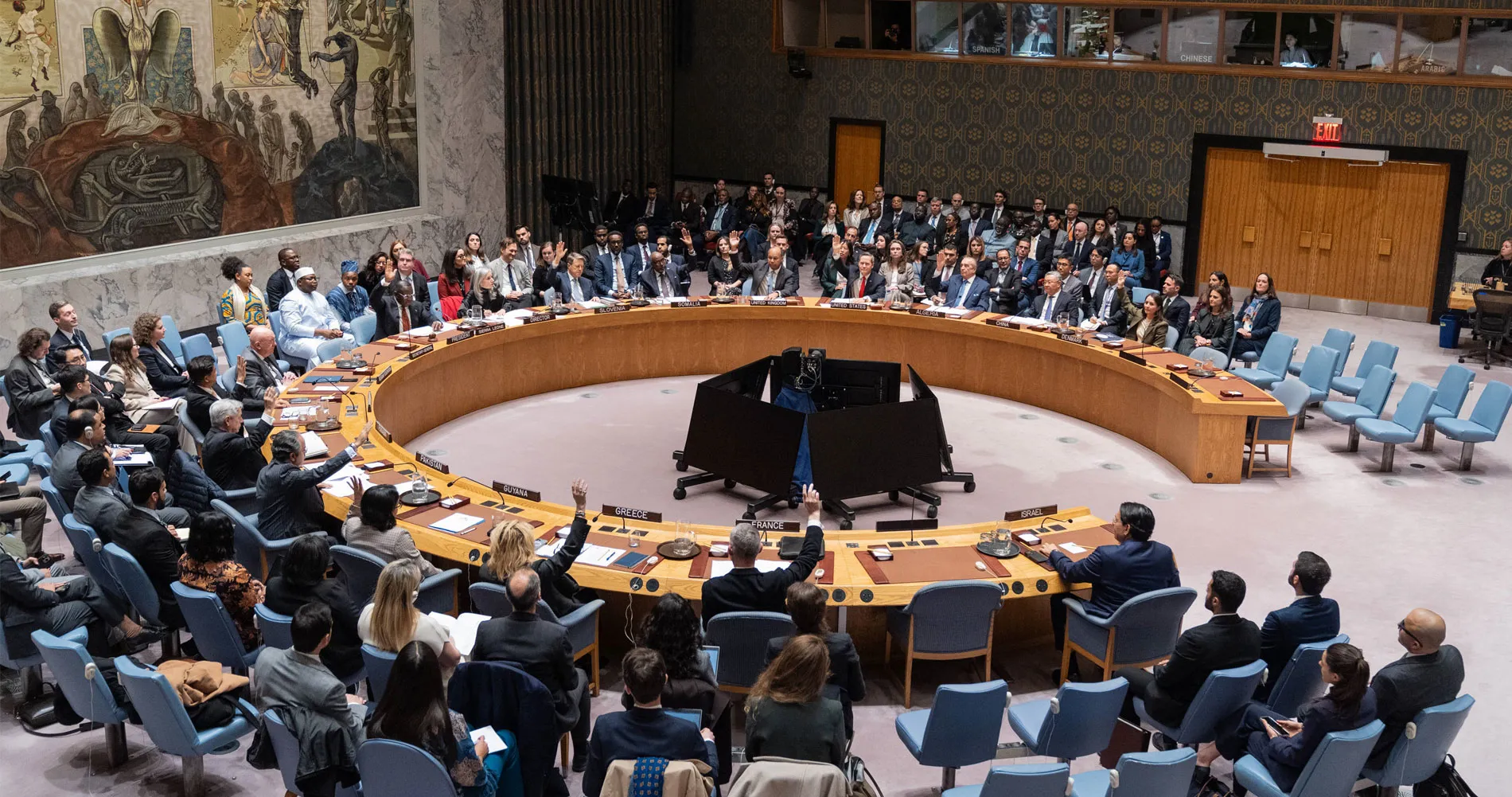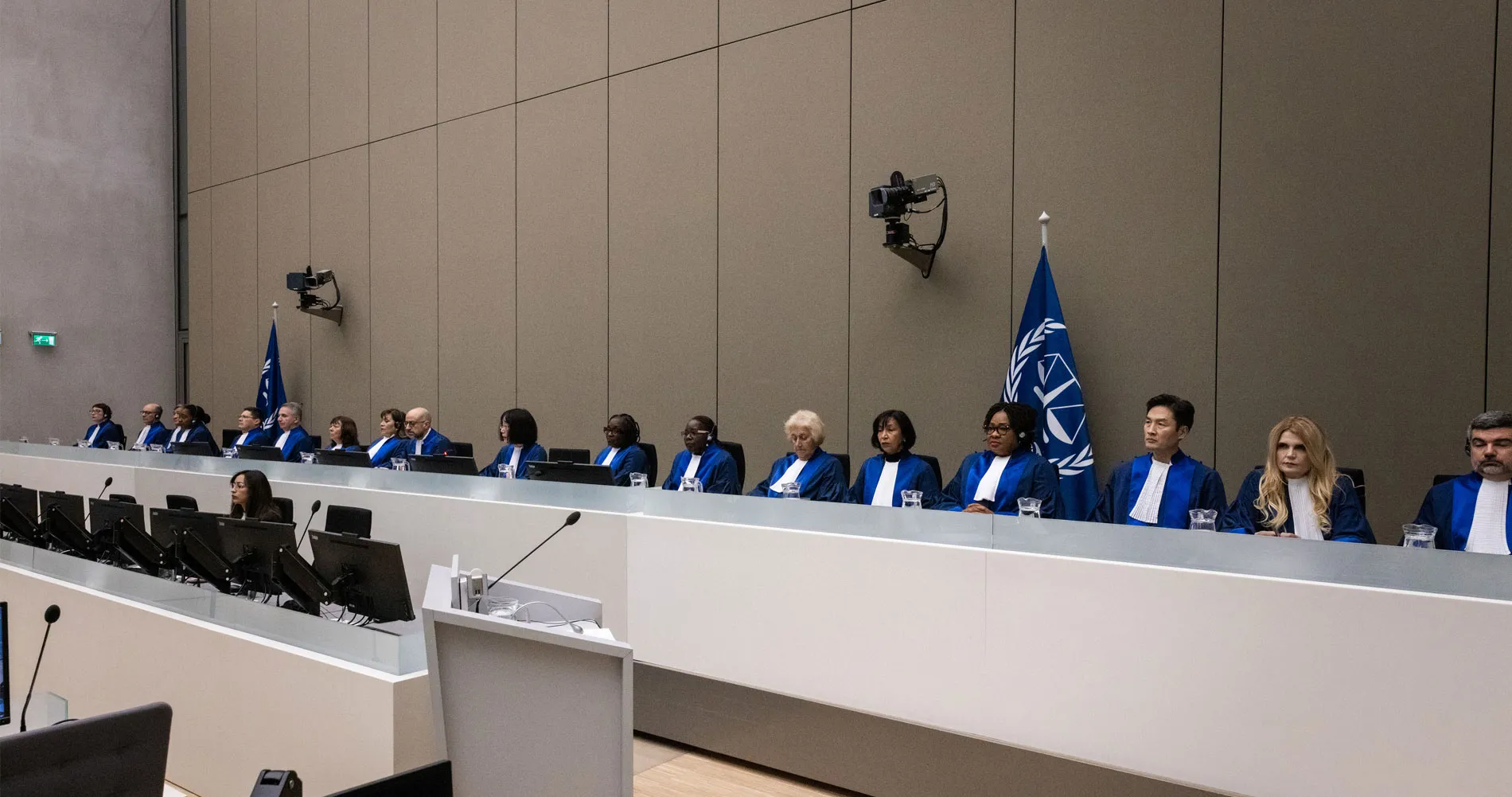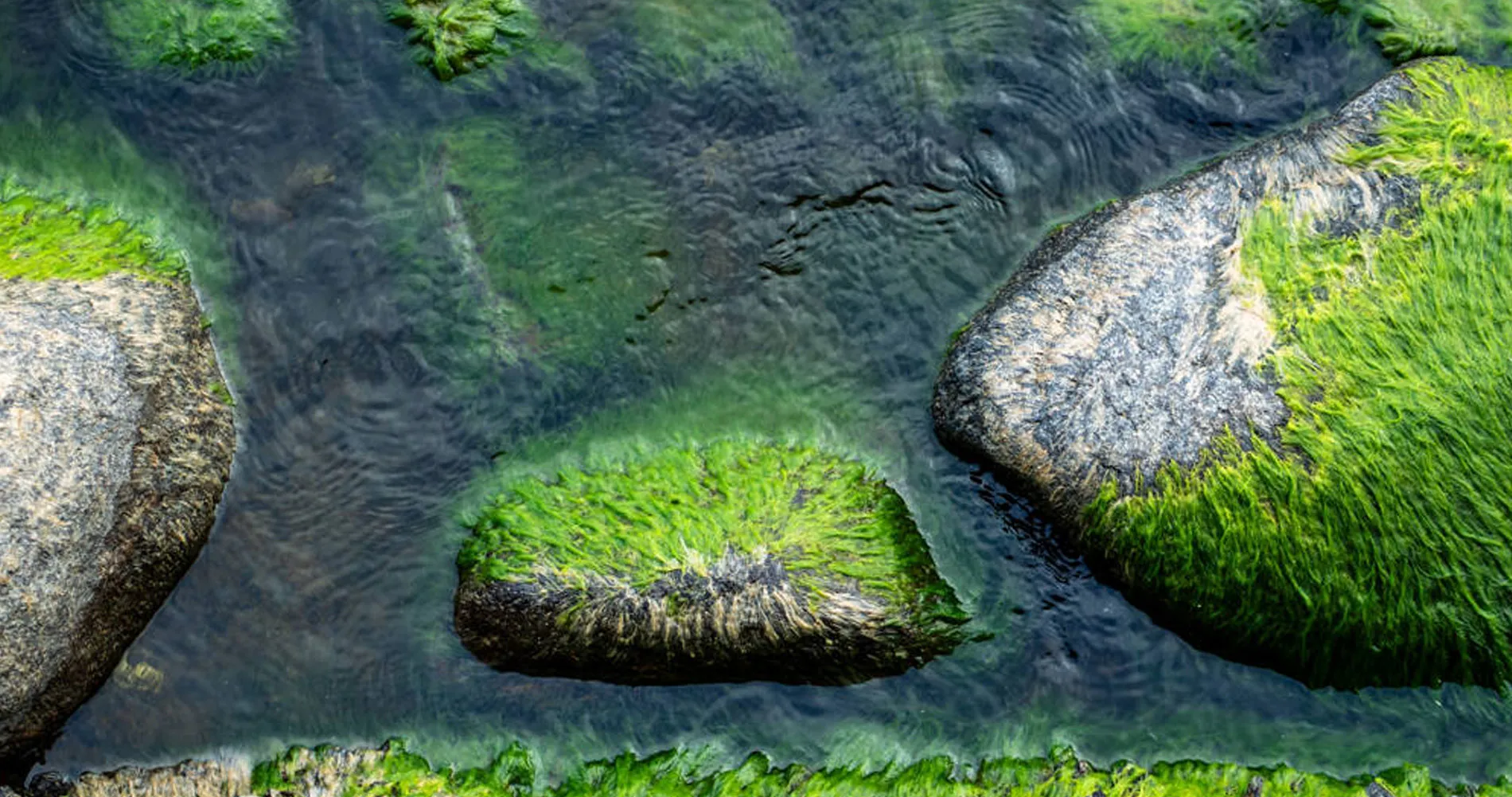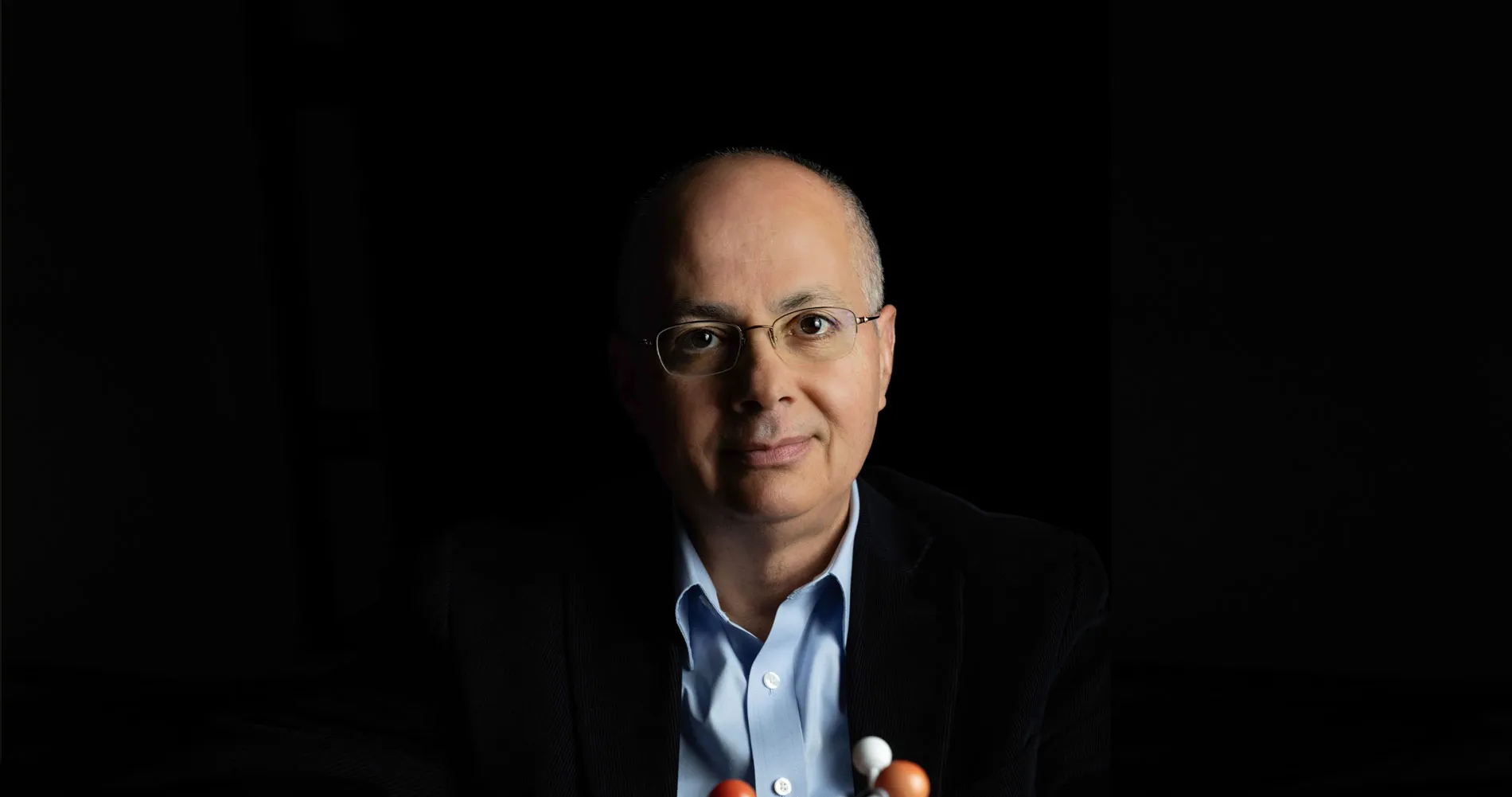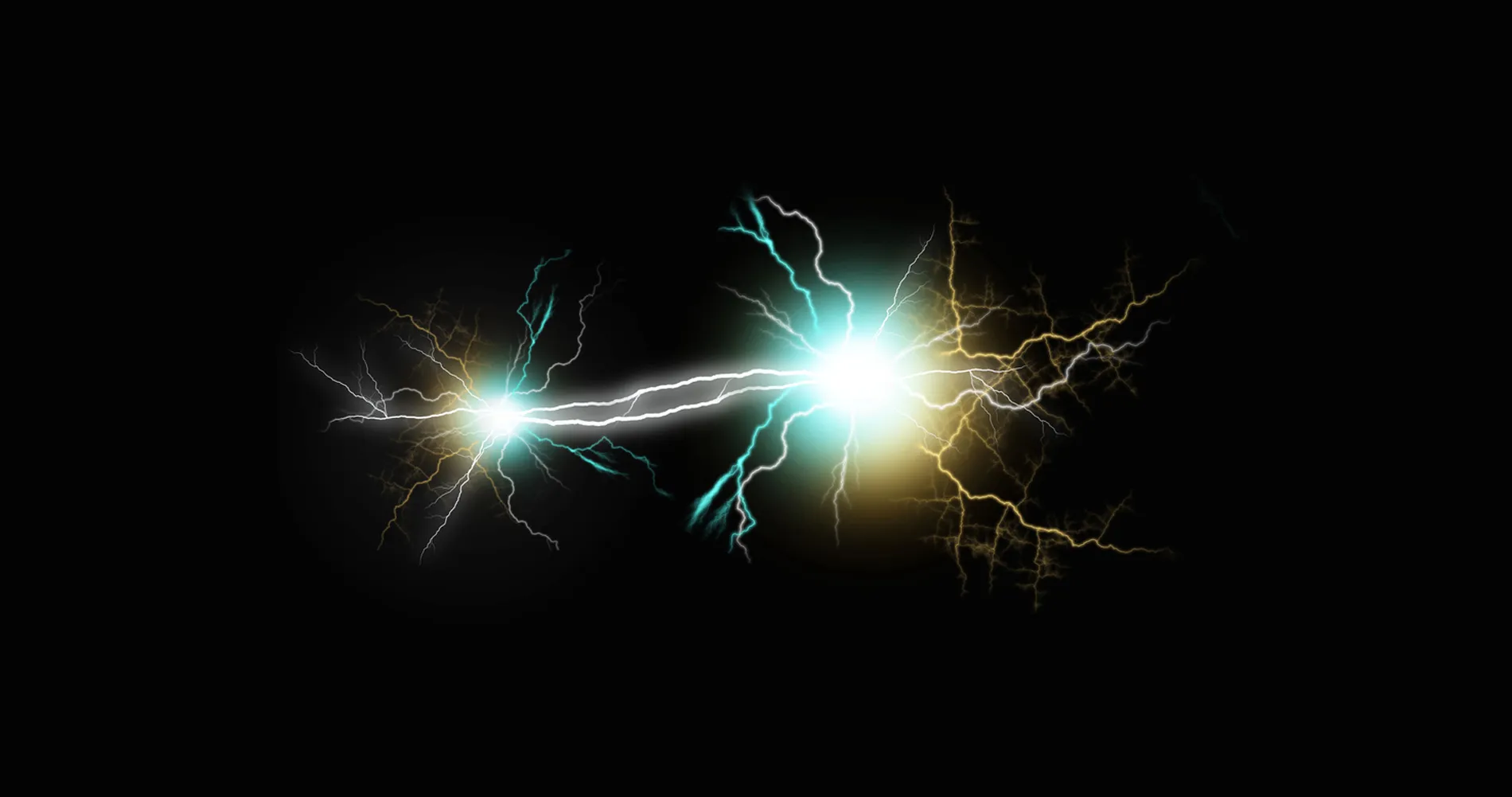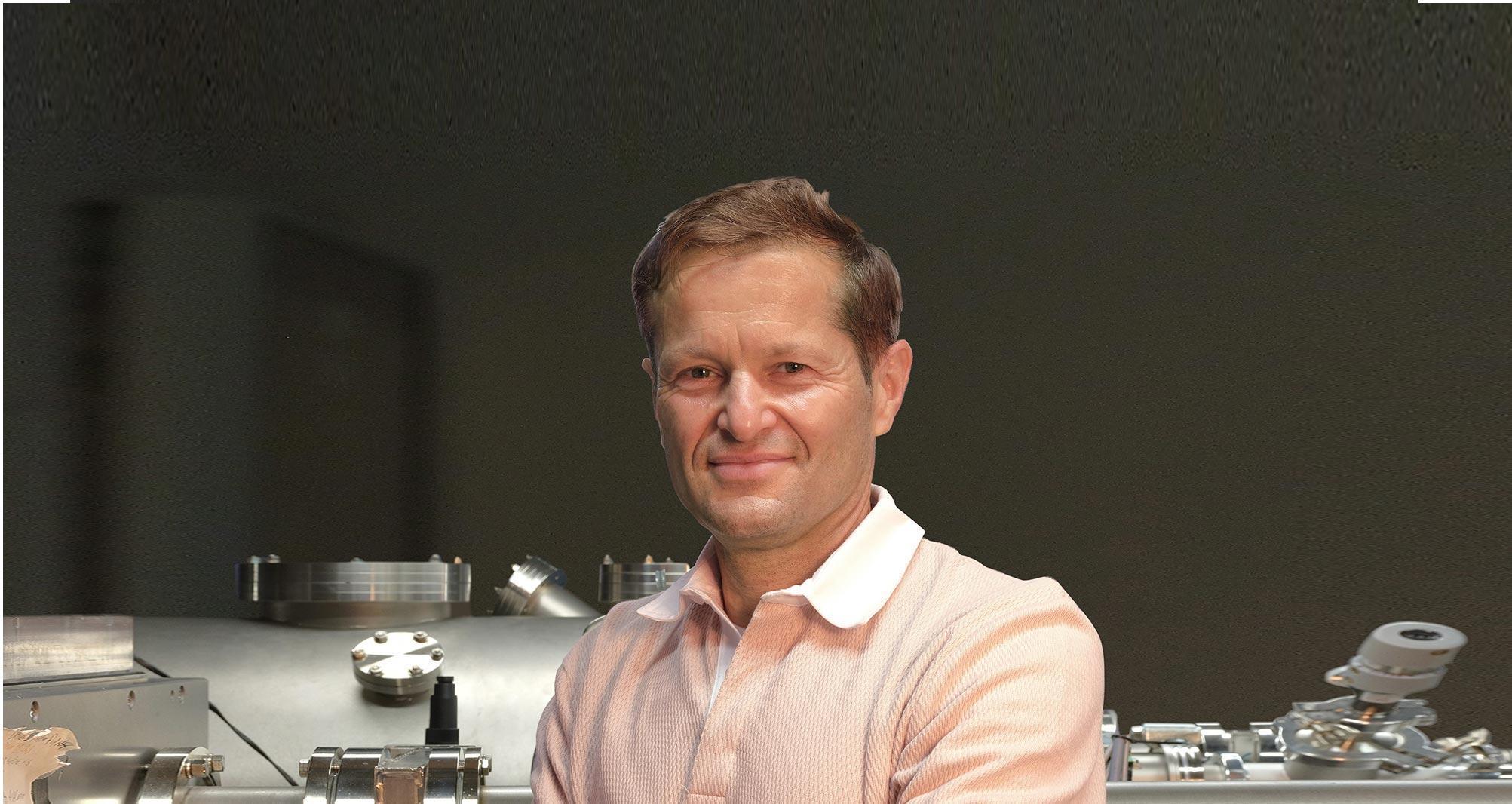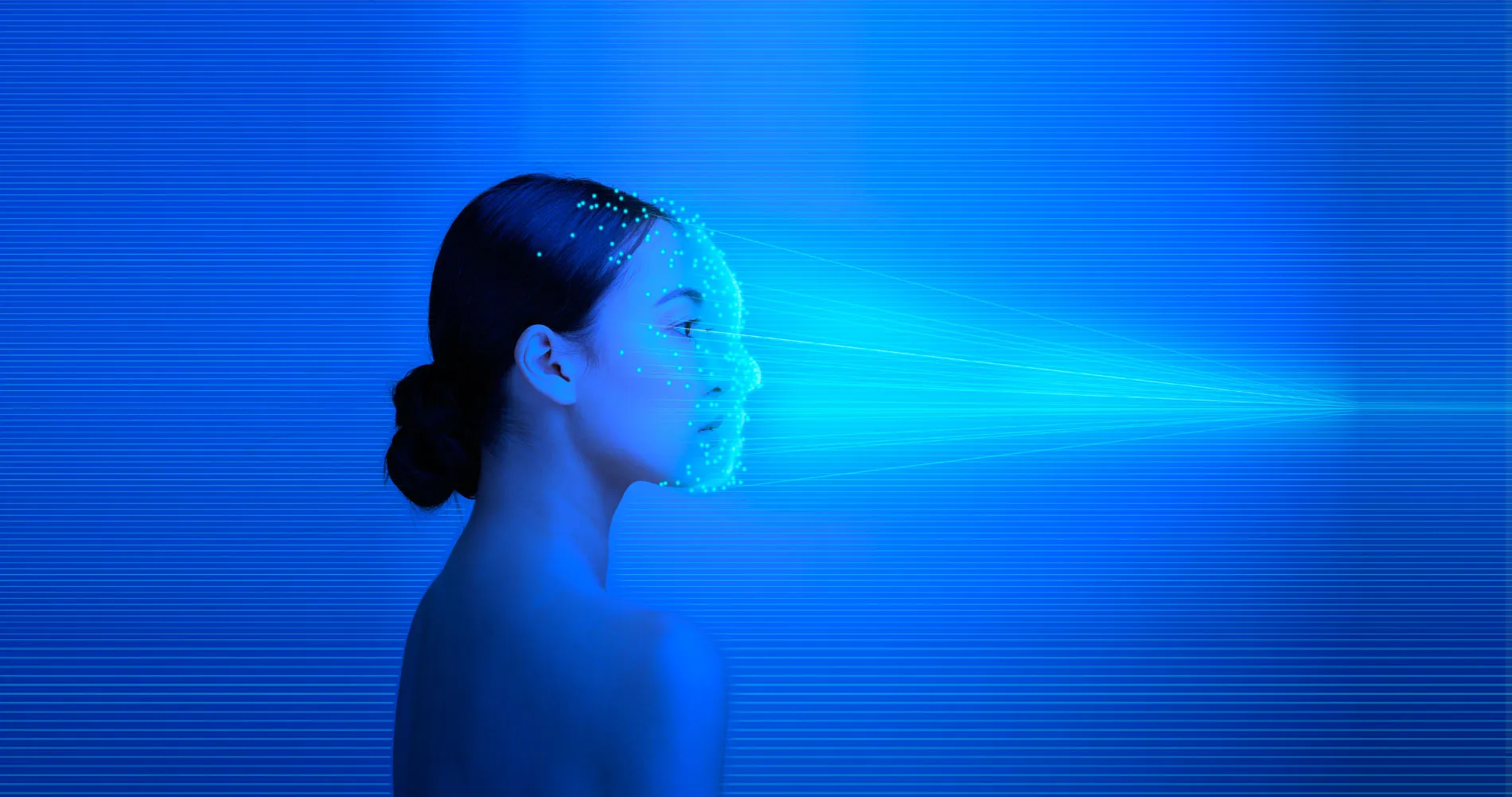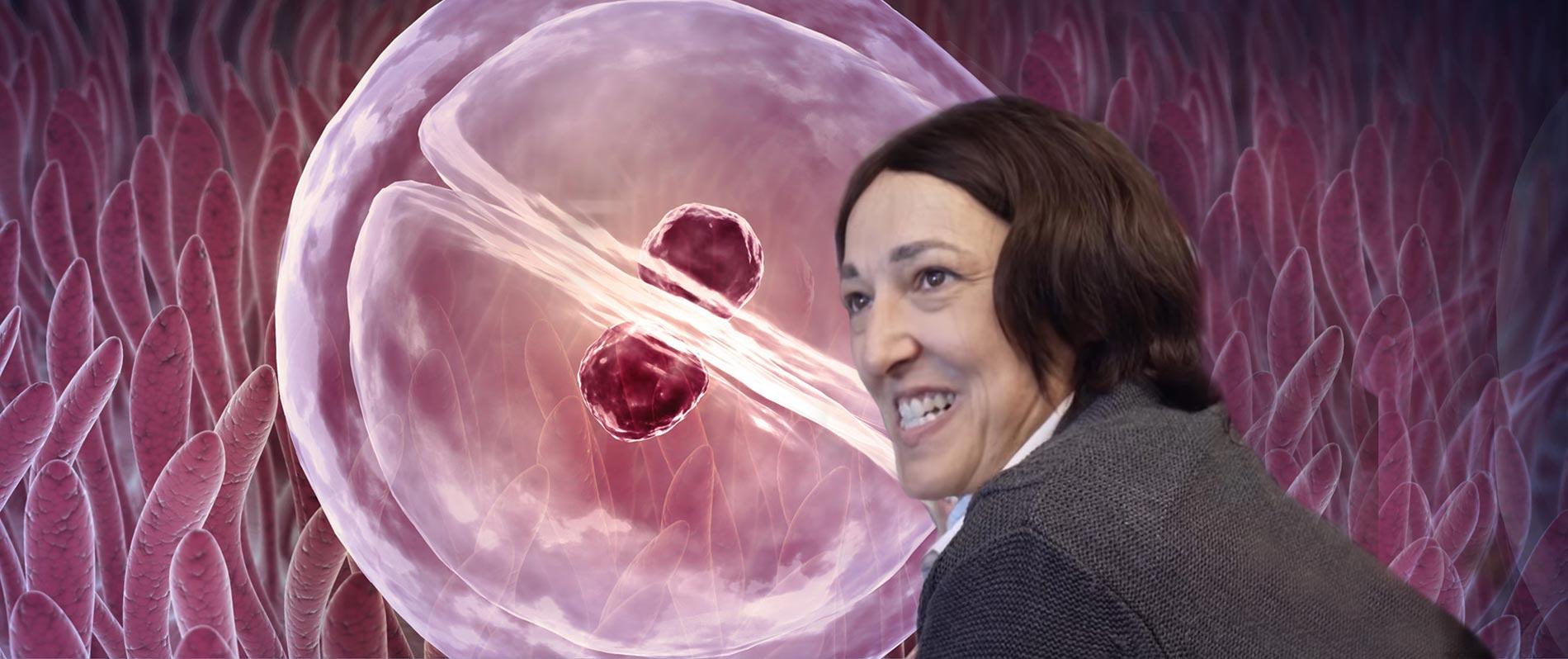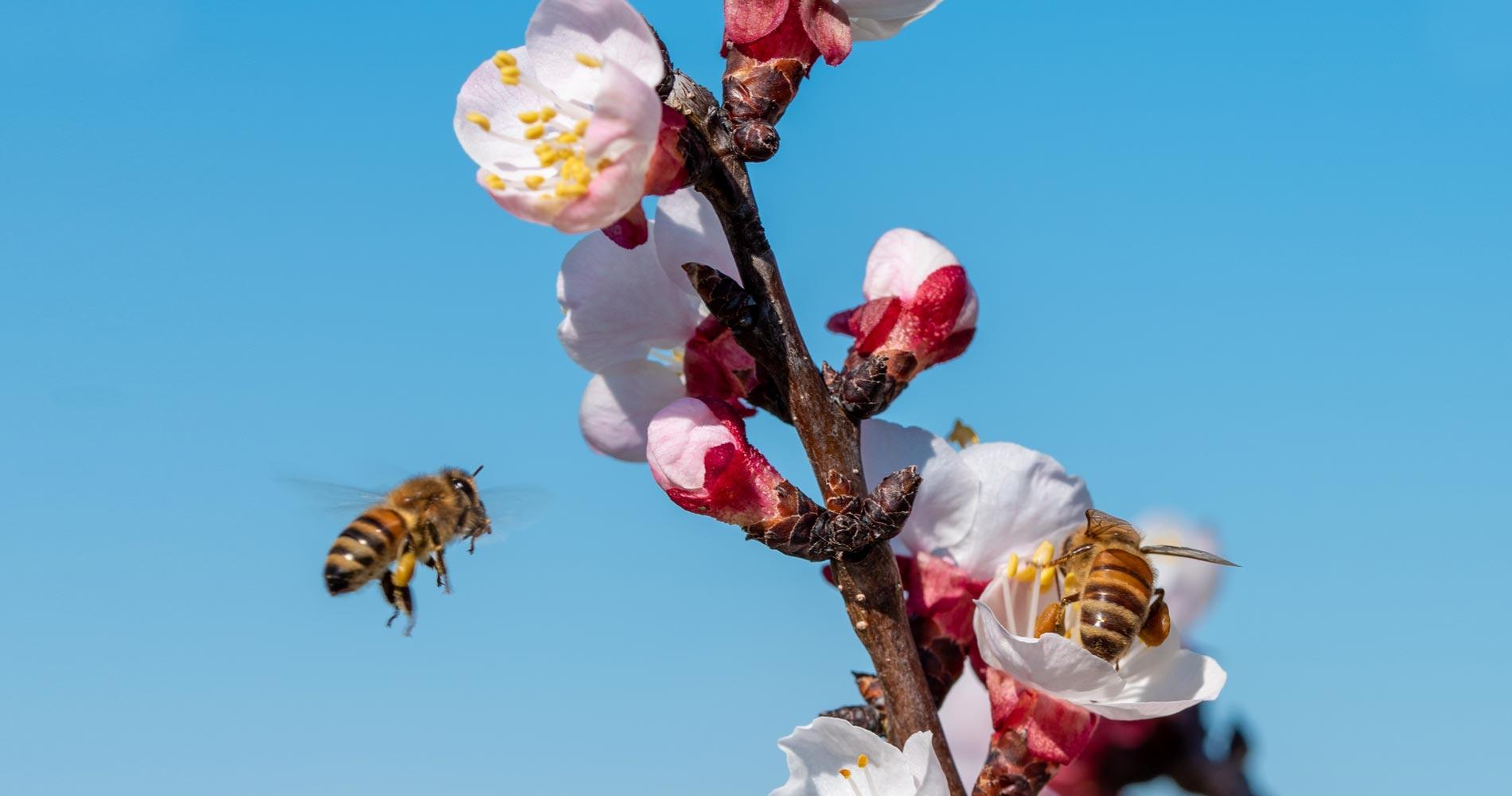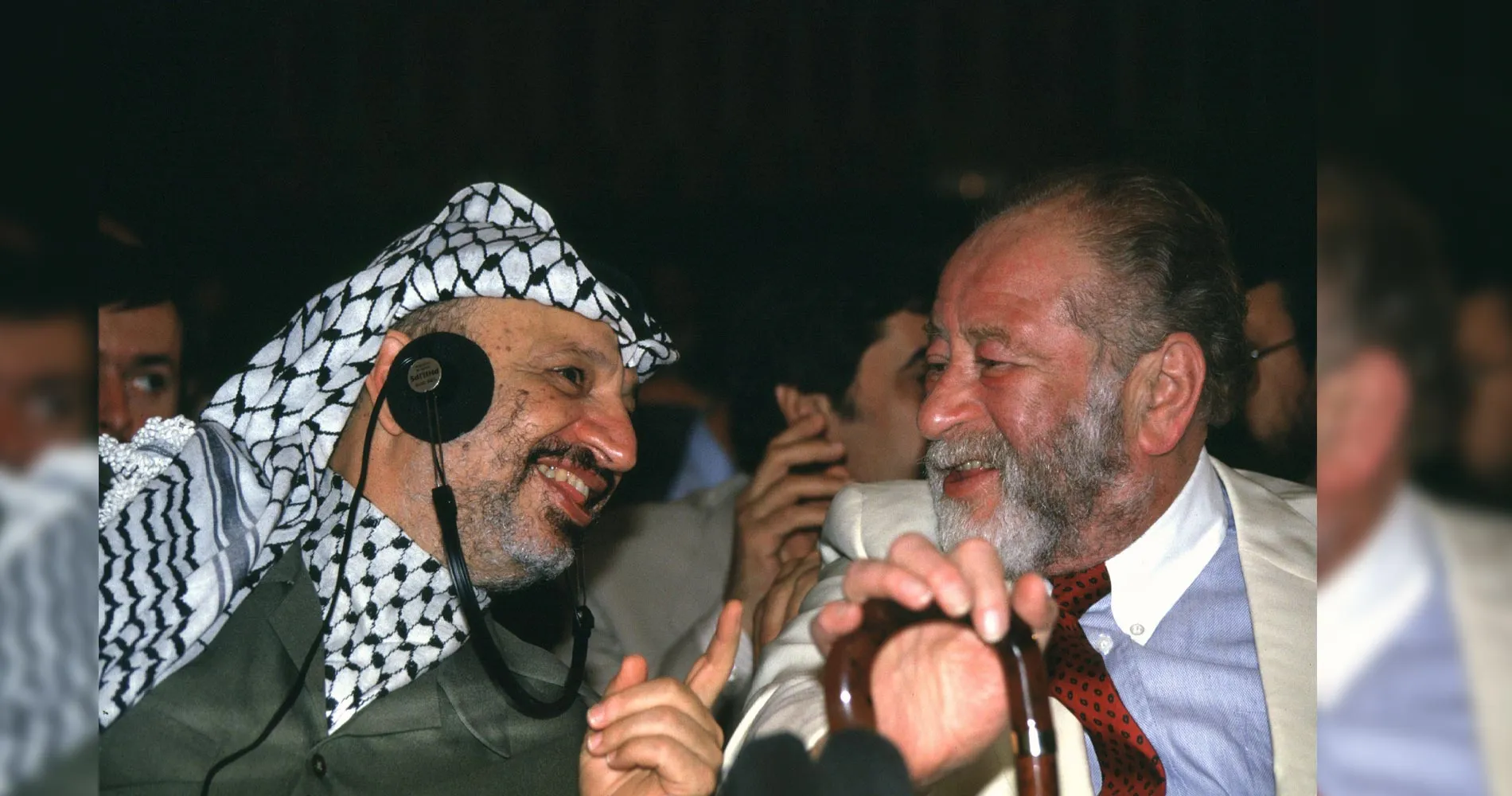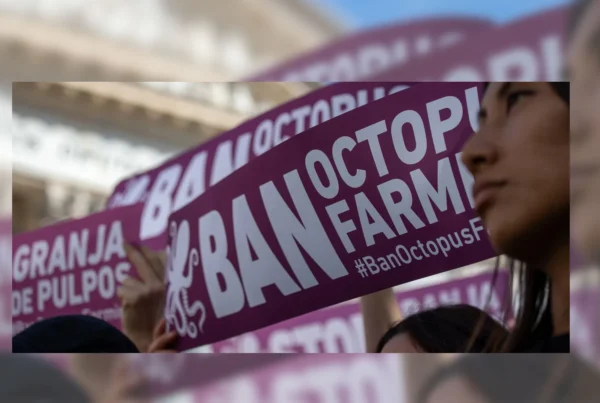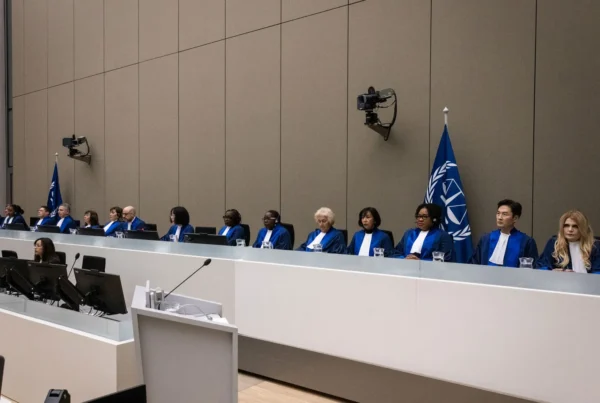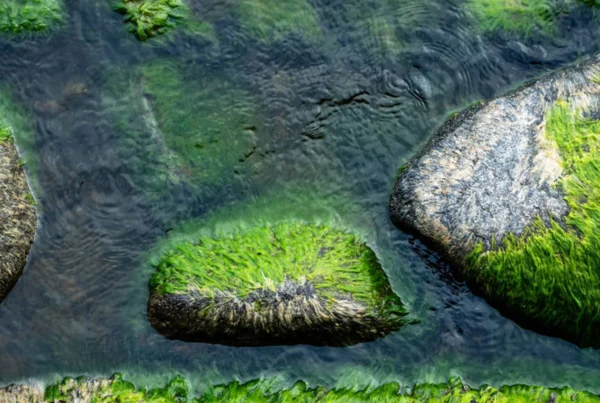The IAEA based in Vienna Austria is promoting women in nuclear science. Not only with the Marie Sklodowska-Curie Fellowship to promote young female nuclear scientists, but also by opening a new New Curie-Meitner Nuclear Applications Centre at their laboratories in Seibersdorf. The laboratories in Seibersdorf promote the peaceful use of nuclear energy and are unique in the UN system. A new IAEA Visitor Center in Seibersdorf highlights the work of the IAEA, the role of the Seibersdorf laboratories and how nuclear science and technology are addressing global challenges.
Diana Mautner Markhof
9 October 2025
Women in nuclear science are still in a minority. The IAEA under the leadership of Director General Rafael Mariano Grossi has increased the visibility of famous women nuclear scientists to encourage women to follow in their footsteps.
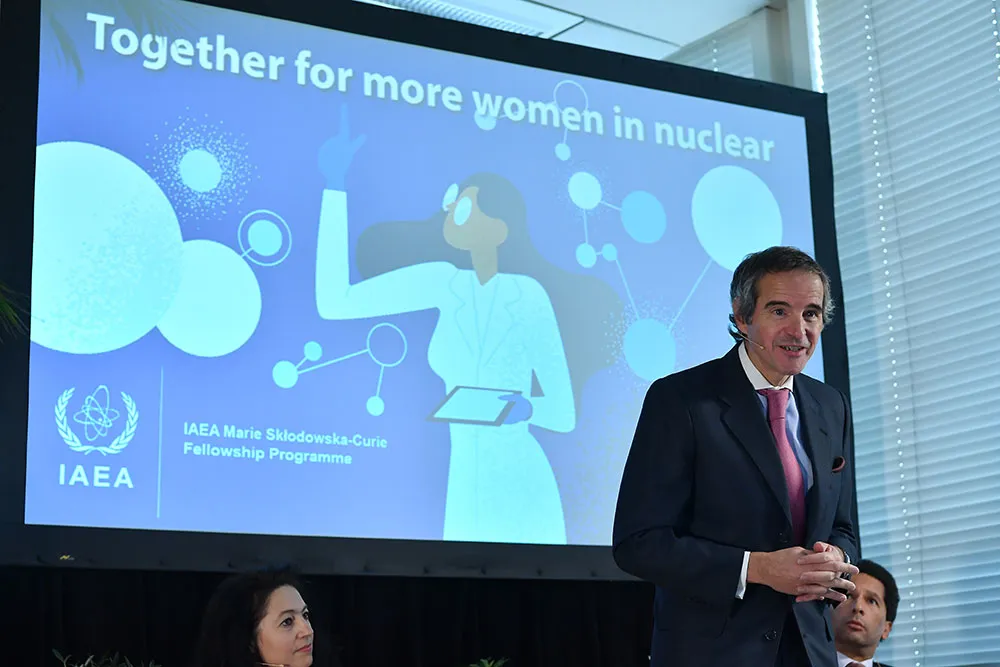 IAEA Director General Rafael Mariano Grossi delivers his opening remarks at the launching of the IAEA Marie Sklodowska-Curie Fellowship Programme held at the Agency headquarters in Vienna, Austria. 9 March 2020 © Dean Calma / IAEA
IAEA Director General Rafael Mariano Grossi delivers his opening remarks at the launching of the IAEA Marie Sklodowska-Curie Fellowship Programme held at the Agency headquarters in Vienna, Austria. 9 March 2020 © Dean Calma / IAEA
In March 2020 the IAEA created the Marie Sklodowska-Curie Fellowship and on 8 October 2025 the IAEA opened a new Curie-Meitner Nuclear Applications Center in Seibersdorf, Austria.
At the October 2025 inauguration of the Curie-Meitner Center, IAEA Director General Grossi emphasized that “the new Centre enables our scientists and partners from around the world to work together, innovate and deliver tangible solutions that improve health, food security and environmental protection.” Representatives from 33 countries including FAO Director General Qu Dongyu attended the opening ceremony.
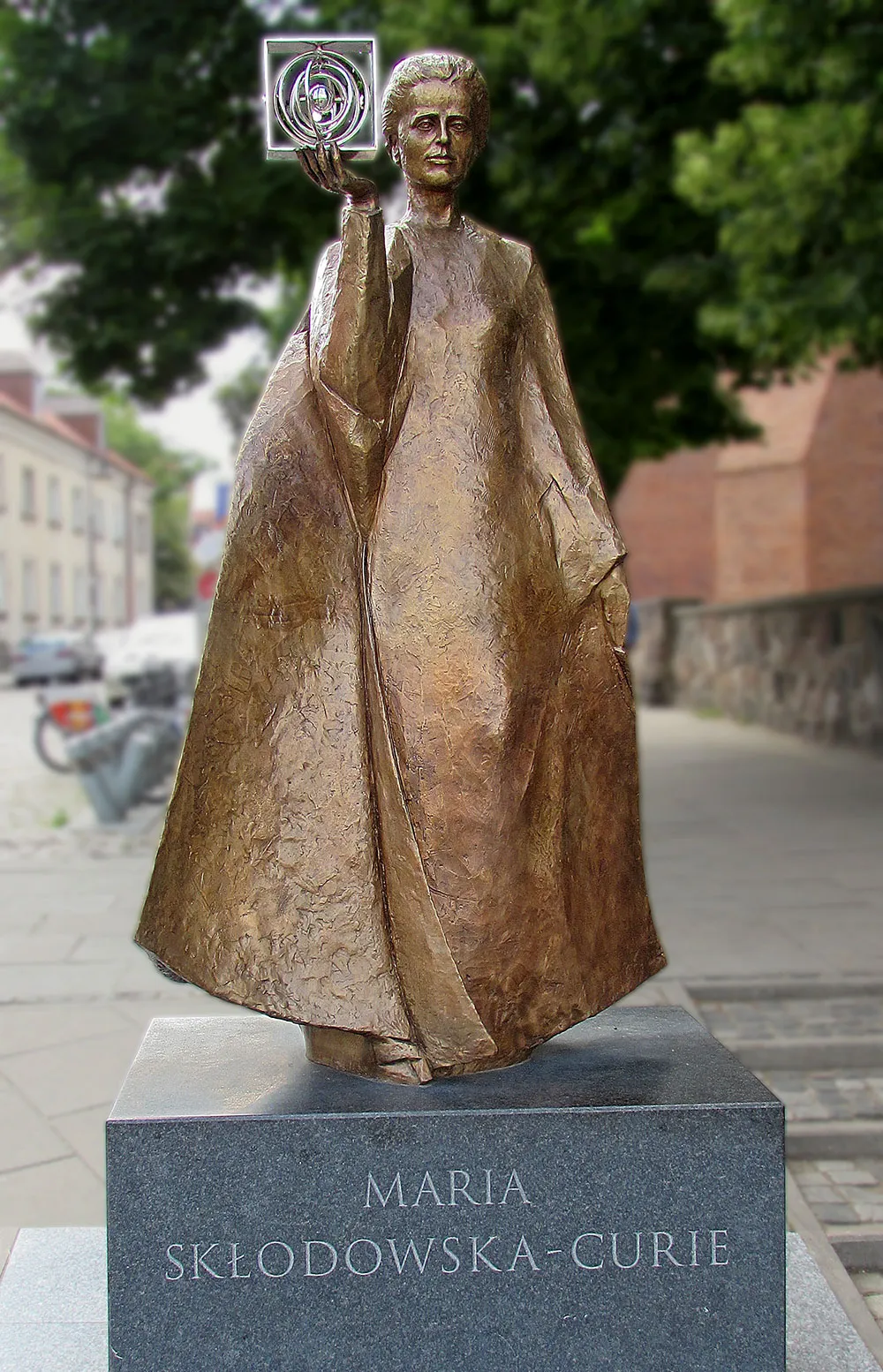 Marie Curie Statue in Warsaw, 17 June 2015 © Joergsam
Marie Curie Statue in Warsaw, 17 June 2015 © Joergsam
Named after two women pioneers in nuclear science, Marie Curie and Lise Meitner, these modern facilities will provide a home for three of the IAEA’S eight nuclear science and applications laboratories in Seibersdorf: the Terrestrial Environment and Radiochemistry Laboratory; the Plant Breeding and Genetics laboratory; and the Nuclear Science and Instrumentation laboratory.
The IAEA maintains eight nuclear applications laboratories in Seibersdorf, Austria, one hour from Vienna. These laboratories are unique in the entire UN system, were first built in 1959 and have been operated by the IAEA since 1962. They support the IAEA’s work in delivering to Member States the benefits of peaceful nuclear technologies through training, services, and applied research.
The research at Seibersdorf focuses on food and agriculture, human health, environmental monitoring and assessment, as well as on the use of nuclear analytical instrumentation. The Joint Food and Agriculture Organization/IAEA Centre of Nuclear Techniques in Food and Agriculture operates five of the eight laboratories in Seibersdorf. They study insect pest control, animal production, plant breeding and genetics, soil and water management as well as food safety. The Dosimetry Laboratory specializes in radiation research for cancer treatments.
In addition, the IAEA operates a Nuclear Science and Instrumentation Laboratory and a Terrestrial Environmental Radiochemistry Laboratory.
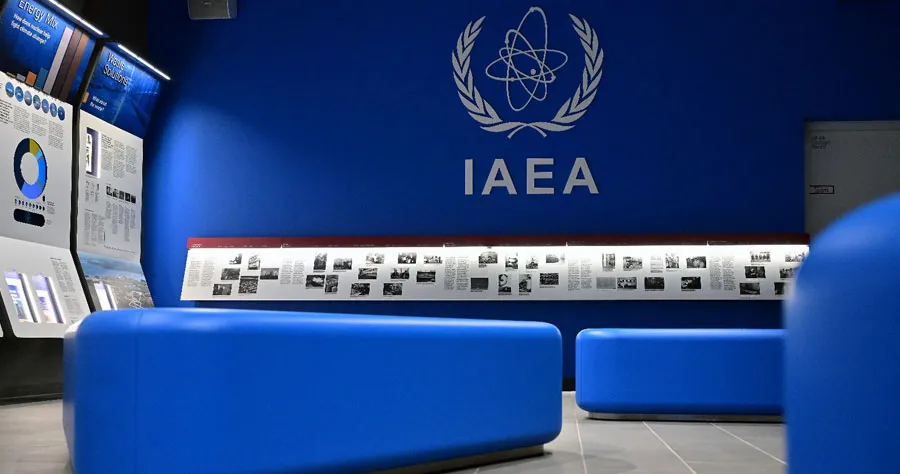
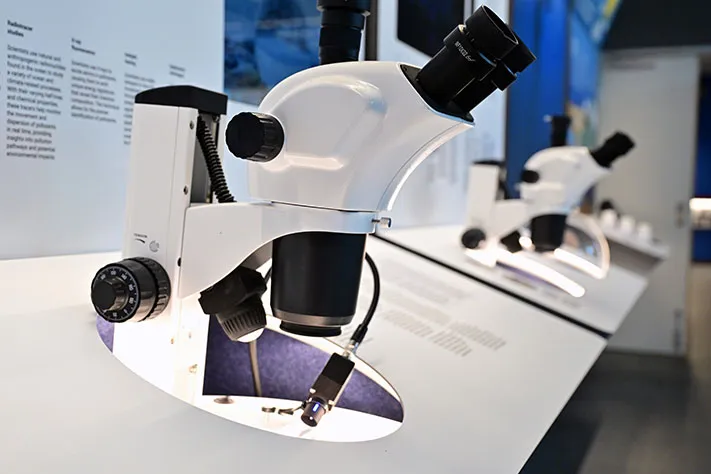
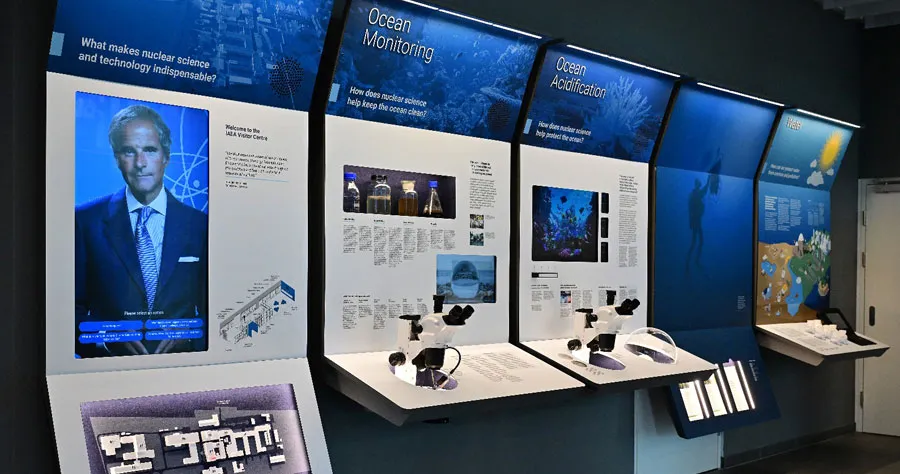
Together with the new Curie-Meitner Centre, new state-of-the-art greenhouses essential to developing climate-smart agriculture and improved water resource management and a fully refurbished space for the dosimetry laboratory to support cancer control and ensure patients receive safe radiation doses was inaugurated.
This inauguration follows the opening of the new IAEA Visitor Center at Seibersdorf on 17 September 2025. This center is a unique first-of-a-kind center where visitors can delve into the work of the IAEA, the role of the Seibersdorf laboratories and discover how nuclear science and technology are addressing global challenges. The opening took place during the 69th regular session of the IAEA General Conference and underscores the organization’s commitment to public outreach and education in the field of the safe and peaceful use of nuclear science, technology, and applications.
Ambassador Gabriela Sellner, Permanent Representative of the Permanent Mission of Austria to the United Nations in Vienna who attended both events, stated that: „This is a testament to the striving work of the IAEA in Seibersdorf. Austria is very proud to host IAEA laboratories since 1962.”
In addition to naming the new Applications Center after two famous women nuclear scientists, IAEA Director General Grossi has spearheaded the Marie Sklodowska-Curie Fellowship Programme since 2020. The aim of this program is to increase the number of women in the nuclear field. The deadline for applying this year is 30 October. According to the program’s website, these fellowships „aim to inspire and encourage young women to pursue a career in the nuclear field, by providing highly motivated female students with scholarships for master’s programmes.“


